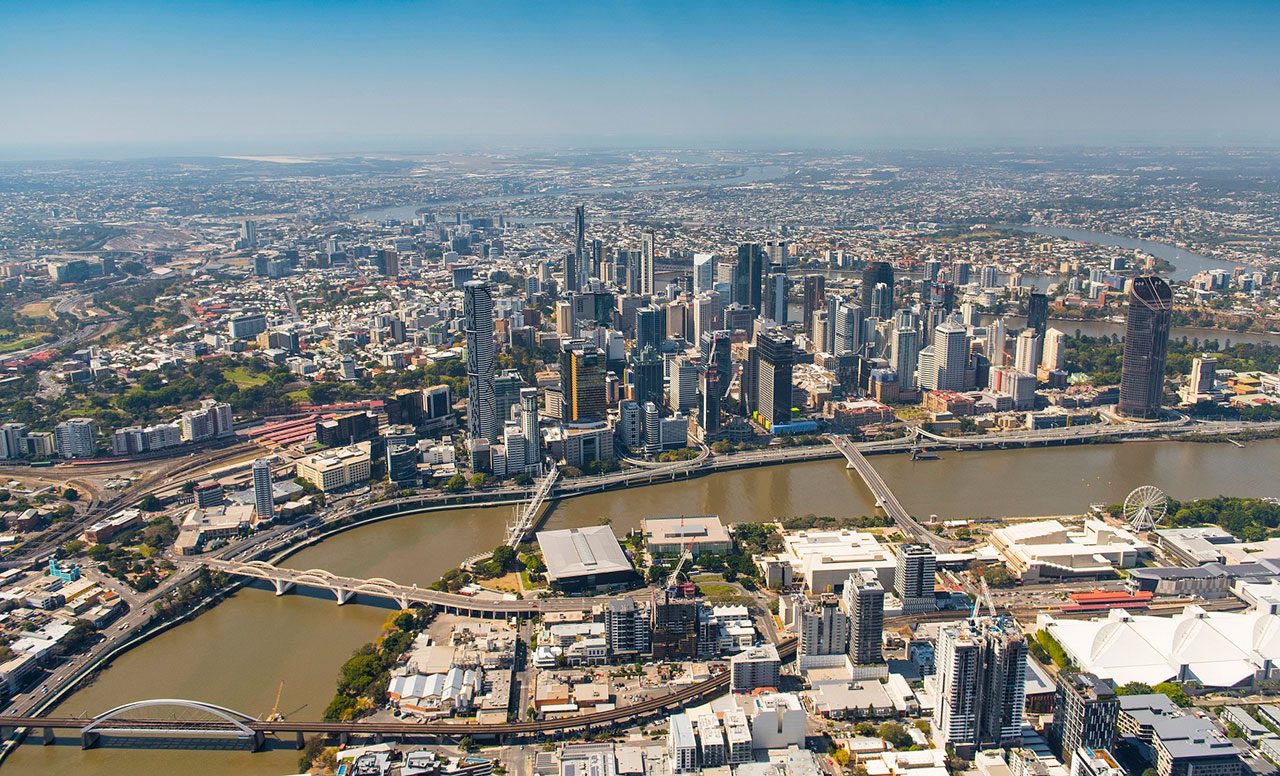This article is from the Australian Property Journal archive
THE Melbourne and Sydney CBDs reactivation is well underway, though both cities are still lagging behind other capitals, as worker preferences for workplace flexibility remains a major obstacle to achieving full occupancy.
According to new data from the Property Council of Australia, occupancy in the Sydney CBD rose from 50% in March to 59% in April. While in Melbourne, occupancy levels lifted from 35% in March to 41% in April.
“The benefits of bustling CBDs are significant, not just for the small businesses that rely on city foot traffic, but for the broader Australian economy,” said Ken Morrison, chief executive of the Property Council of Australia.
“Melbourne and Sydney have been the cities hardest hit by the COVID disruption and it is encouraging to see the big number of workers returning to these CBD in recent months.”
Brisbane and Darwin remained steady for the month with respective occupancy levels of 63%, and 84%. While Hobart saw an increase from 80% in March to 82% in April.
While in Canberra, Adelaide and Perth there was a slightly decline, with Canberra falling from 65% to 63%, Adelaide from 71% to 70% and Perth from 71% to 70%. While results in Perth were recorded during a recent lockdown, they still reflect the state’s overall results for the month.
Greater worker preferences for workplace flexibility, continues to be a major obstacle to reaching full occupancy, according to almost 50% of survey respondents. Additionally, government restrictions and concerns around public transport have increased over the month.
“Flexibility will continue to be a major feature of working in the post-pandemic world, but there is clearly still a long way to go until our CBDs reach the levels of occupancy anticipated in the new normal,” said Morrison.
According to NAB’s recent Health Wellbeing Insight Report on working from home, despite concerns of loneliness, loss of social interactions with co-workers and a potential shift away from a work-life balance, many workers would choose to work more from home.
NAB found with 40% of Australians working more from home than before COVID, men are working from home more than women, with a respective 36% vs 22% more time.
Meanwhile the PCA said initiatives such as Melbourne’s FOMO Fridays and Brisbane’s Fridays in the city are making headway towards drawing workers back into CBD.
“These campaigns are aimed at encouraging city workers to rediscover what’s great about their CBDs with numerous activities, events and freebies on offer,” said Morrison.
Though the survey data revealed that most owners and managers of office buildings do not anticipate a significant rise in occupancy within the coming three months.
“Building owners and managers are not waiting for government leadership to drive CBD reactivation, we are proactively making the case for workers to return to their offices and reengage with all the benefits of face-to-face working,” concluded Morrison.




